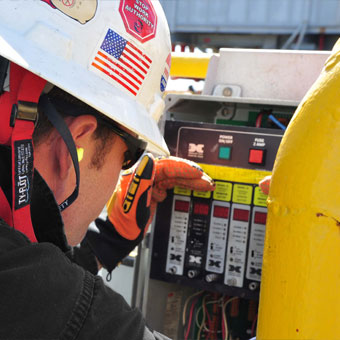A heat-dissipating model includes a heat-conducting member and a heat-dissipating body. The heat-conducting member has a hollow cylinder with a closed end. The interior of the wall of the cylinder is formed with a vacuum chamber. The vacuum chamber is provided with a capillary structure and a working fluid therein. The heat-dissipating body has a through hole for connecting to the outer periphery of the heat-conducting member. Further, the periphery of the heat-dissipating body is provided with a plurality of heat-dissipating fins. With the above arrangement, the heat generated by the heat source can be dissipated to a far place, so that it can be continuously operated at a lower temperature. As a result, the effect of heat conduction or dissipation can be improved and the life is extended.


 Our Services
Our Services